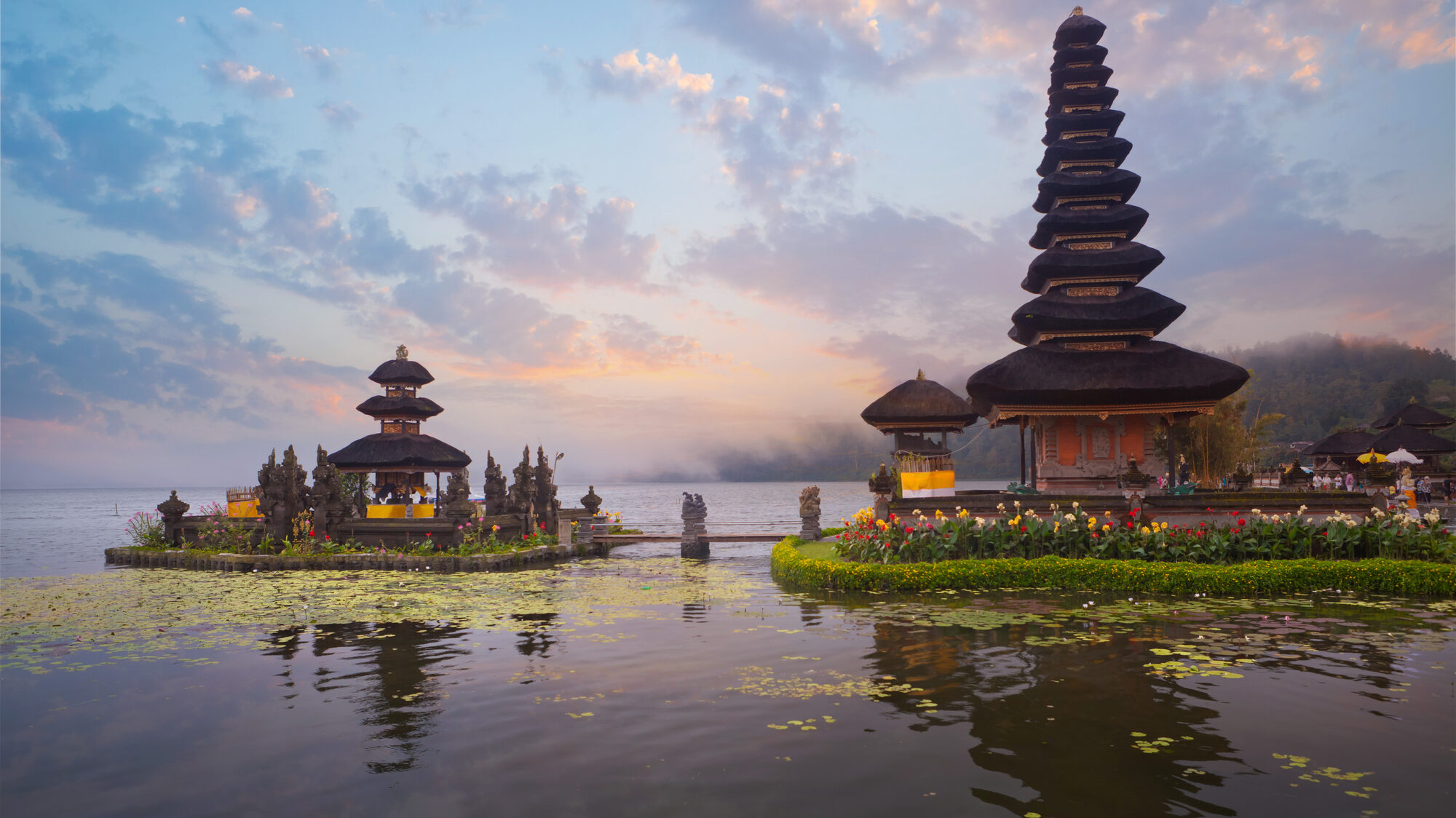10 Countries with the Most Fascinating Wellness Practices

Travel is often about discovery—not just of places, but of cultures, traditions, and new ways of understanding ourselves. Around the world, certain regions are celebrated not only for their natural beauty but for their deep-rooted healing practices. These destinations offer experiences that go beyond spa days and massages, diving into ancient rituals, plant medicine, spiritual cleansing, and holistic approaches passed down for generations.
Whether you’re seeking inner peace, physical balance, or simply cultural immersion, these destinations provide unique and meaningful pathways to well-being. Here’s a look at some of the most fascinating regions where traditional healing is part of everyday life.
1. Bali, Indonesia – Island of Spiritual Balance

Bali’s reputation as a wellness haven is well earned. The island’s healing traditions are rooted in Balinese Hinduism, which emphasizes harmony between mind, body, and spirit. Traditional healers, known as balian, use herbs, prayer, energy work, and massage to diagnose and treat ailments.
Ubud, in particular, is a hub for yoga, meditation, and plant-based detox programs. Visitors can also participate in water purification ceremonies at sacred springs like Tirta Empul. Healing here feels like a spiritual retreat wrapped in lush rice terraces and temple incense.
2. Kerala, India – The Cradle of Ayurveda

In the palm-fringed state of Kerala, the ancient Indian system of Ayurveda thrives in both village clinics and luxury resorts. Ayurveda focuses on balancing the body’s doshas (vital energies) using herbal treatments, detox rituals, personalized diets, and massage.
Travelers often stay in wellness retreats for several days or weeks, undergoing therapies like panchakarma (a full-body detox). With its blend of medicinal knowledge, spiritual context, and coastal tranquility, Kerala offers a deeply immersive healing experience.
3. Sedona, Arizona, USA – Vortexes and Vibrations

Known for its dramatic red rock landscapes and “energy vortexes,” Sedona has long been considered a spiritual destination. Many believe the vortex sites emit energy conducive to healing, meditation, and self-discovery.
Visitors come for chakra balancing, sound baths, reiki sessions, and Native American-inspired ceremonies. The landscape alone seems to amplify introspection, making Sedona a favorite for those seeking emotional or energetic renewal.
4. Cusco & the Sacred Valley, Peru – Andean Plant Medicine

High in the Andes, traditional Quechua healers still practice centuries-old techniques using medicinal plants, spiritual ceremonies, and energy work. The most well-known of these is the ayahuasca ceremony, a shaman-led experience that combines ritual, song (icaros), and visionary healing.
Many travelers also explore San Pedro (huachuma) ceremonies, coca leaf readings, and spiritual cleansing in the Sacred Valley. These practices are not undertaken lightly, and those who approach them with intention often describe the experience as transformative and humbling.
5. Budapest, Hungary – Thermal Baths and Mineral Waters

Often called the “City of Spas,” Budapest sits atop more than 100 thermal springs, which have been used for healing since Roman times. Today, locals and travelers soak in grand bathhouses like Széchenyi or Gellért to relieve ailments ranging from arthritis to skin conditions.
The thermal waters are rich in minerals like calcium and magnesium and are thought to promote circulation and relaxation. Visiting a Hungarian bathhouse is as much a cultural experience as it is a wellness one.
6. Chiang Mai, Thailand – Lanna Healing Traditions

In northern Thailand, traditional Lanna healing blends herbal medicine, Buddhist principles, and Thai massage techniques. The city of Chiang Mai is known for its many massage schools, holistic clinics, and herbal saunas.
Healers often use tok sen, a rhythmic tapping therapy with wooden tools to release muscle tension and energy blockages. With its temples, peaceful mountains, and gentle pace, Chiang Mai is an ideal place to explore Southeast Asian wellness at its source.
7. Essaouira, Morocco – Argan Oil and Hammam Rituals

On Morocco’s Atlantic coast, the laid-back town of Essaouira offers a soothing mix of salt air, sea breeze, and traditional healing practices. The region is famous for argan oil, used for centuries to nourish skin, hair, and overall vitality.
Hammams—traditional steam baths—remain a cornerstone of Moroccan self-care. After a scrub with black soap and a clay mask, you’ll feel both physically and spiritually renewed. It’s a social, sensory, and detoxifying experience that connects travelers to a deep cultural rhythm.
8. Japan – Onsen Culture and Forest Bathing

Japan’s approach to healing is rooted in simplicity, nature, and ritual. Onsen (natural hot springs) are found across the country and are used not only to soothe muscles but also as a mindful, almost meditative practice.
In addition, shinrin-yoku, or “forest bathing,” encourages people to immerse themselves in nature as a form of therapy. Science now supports what Japanese tradition has long known—time spent quietly among trees lowers stress and enhances mental clarity.
9. Tanzania – Maasai Herbal Healing

Among the Maasai communities of East Africa, traditional healers known as laibons treat illnesses with a deep understanding of medicinal plants, spiritual guidance, and ancestral wisdom. Their practices are intertwined with rites of passage and community health.
Travelers who respectfully engage with local guides may learn about plant remedies used for centuries—from fever treatments to spiritual protection. This ancient knowledge is still central to rural healthcare and cultural identity.
10. Greece – Mediterranean Folk Healing

Greece’s ancient healing legacy lives on in modern herbalism, sea therapy, and traditional xematiasma, a ritual for the “evil eye.” On islands like Ikaria—known for the longevity of its residents—wellness is embedded in lifestyle through diet, rest, social connection, and simplicity.
Olive oil, herbal teas, wild greens, and mountain walks are all part of the Greek wellness tradition. Whether you’re seeking healing from a village healer or restoring balance by the Aegean Sea, Greece offers wellness through culture as much as practice.





